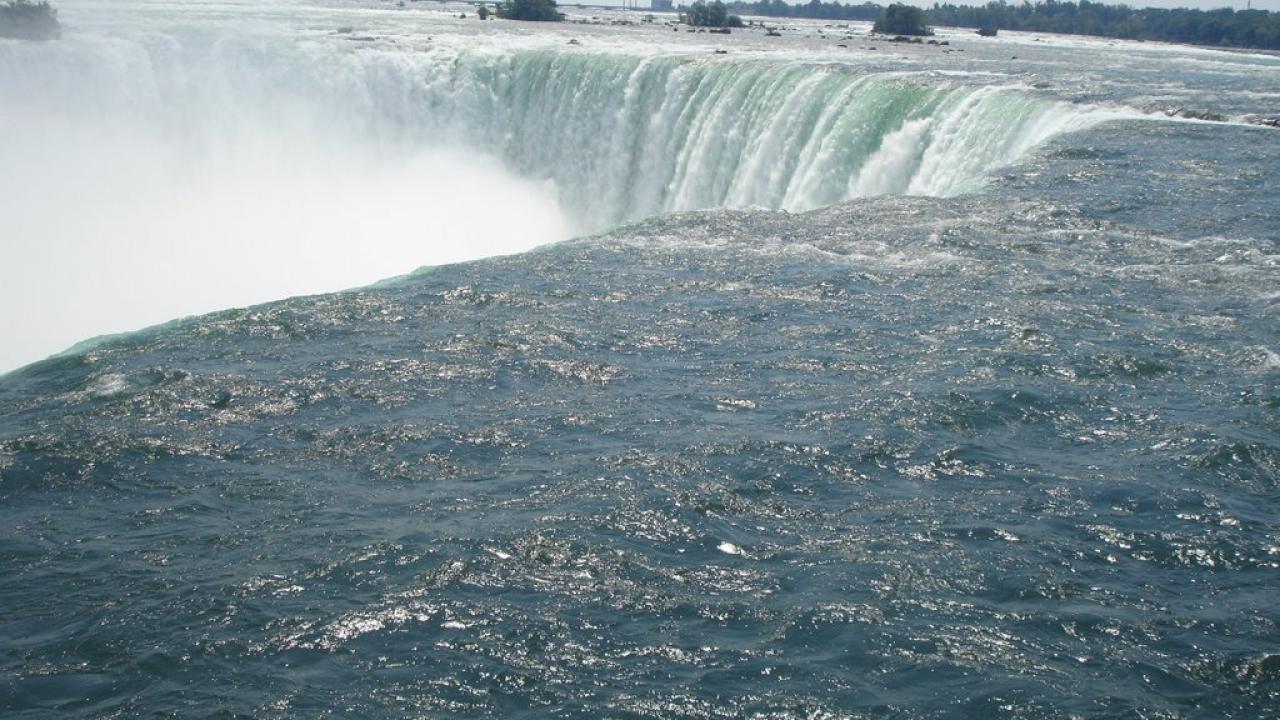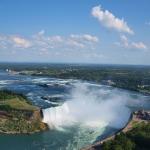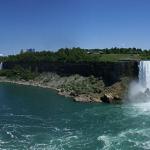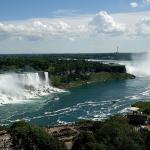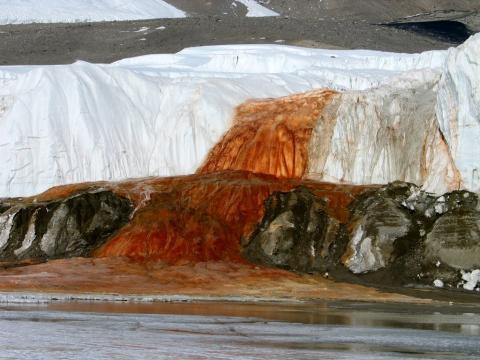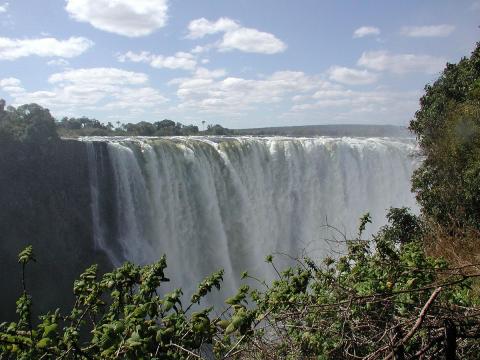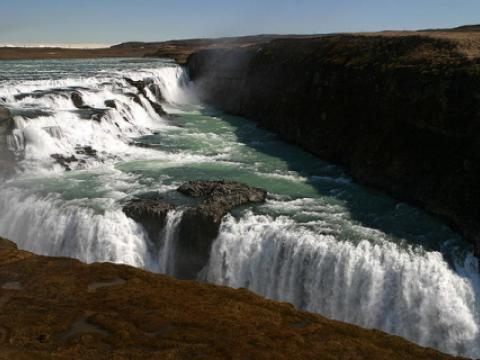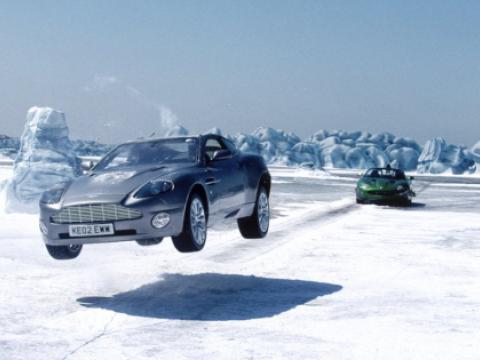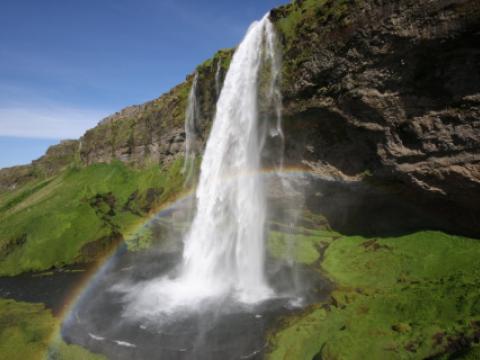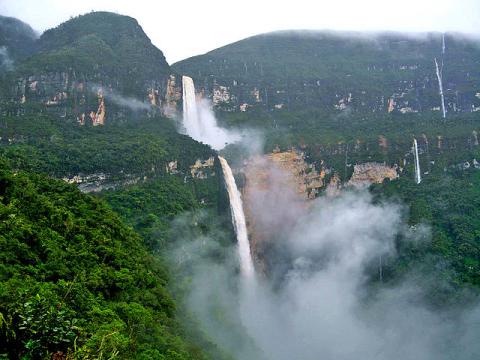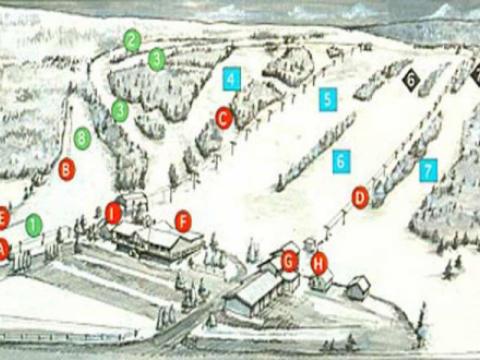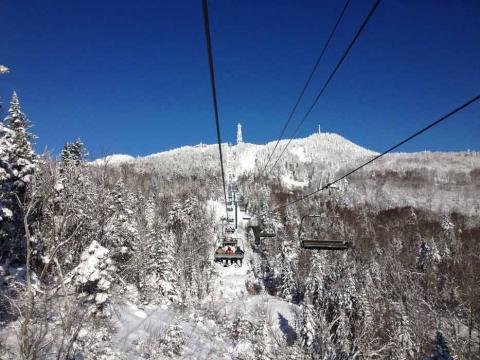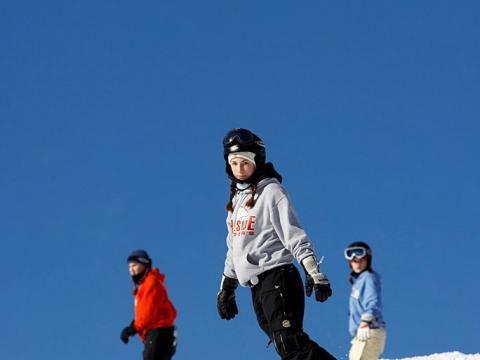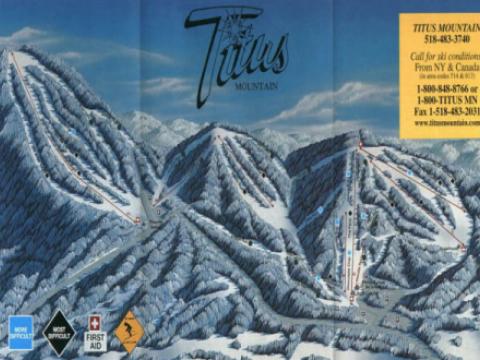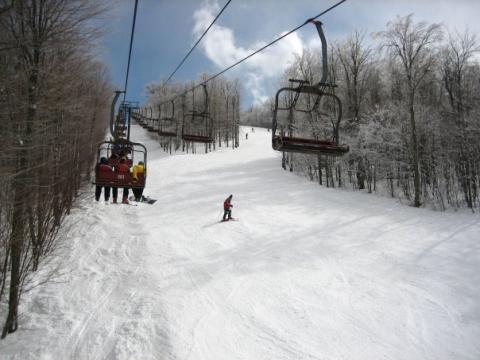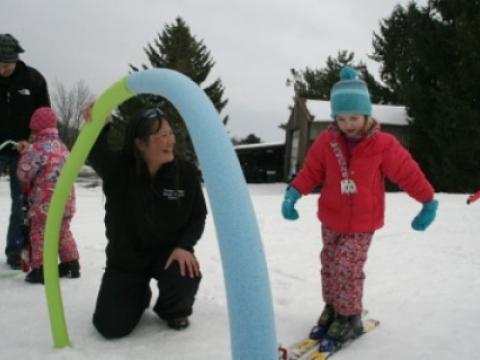Location
An unstoppable flow of rushing water surges over the edge with thunderous force. The mist rises for hundreds of meters as the waters collide. Niagara is not the tallest waterfall but it is the most powerful one in North America and among the three most powerful ones on the globe. Every second a whopping 7000 cubic meters (or more than a million bathtubs) of water plummets downward.
Despite the raw power of the falls, they are one of the easiest to access and view from all sorts of angles. The Niagara Falls consist of three separate waterfalls. From largest to smallest they are the Horseshoe Falls, the American Falls and the Bridal Veil Falls.
The natural beauty of the Niagara Falls can sometimes be forgot due to the huge tourist industry around it. Nevertheless, these are one of the most spectacular natural wonders of the world.
OWN CAR
There are several parking lots on Canadian and US sides. Parking costs $3 to $20 a day on either side of the falls.
BUS
The Bus Station is right across the street from the Amtrak station, about 3km from the falls. 4555 Erie Ave; 7am-10:30pm. There are several daily connections to Niagara Falls from the major cities.
TRAIN
Amtrak station is about 3km from the falls. Daily trains from Niagara Falls to Buffalo, Toronto and New York City ($63, nine hours).
PLANE
Niagara Airbus connects Niagara Falls to airports in Toronto($62 - 1½ hours) and Buffalo ($71 - 1½ hours) with frequent door-to-door coach service.
On Canadian side there is no fee to see the falls. On the US side the Niagara Falls State Park entrance fee is $36 for adults and $29 for children. 5 yrs and under for free.
There are loads of different activities around. Some examples with prices:
Maid of the Mist Steamboat cruise- Adults $17.00 US - Children $9.90 US
Grand Lady Lunch Cruise - Adults $45.00 Children $23.00
Rainbow Air Helicopter - 10 minute flight - Adults $105 US - Child $90 US (minimum two per flight)







